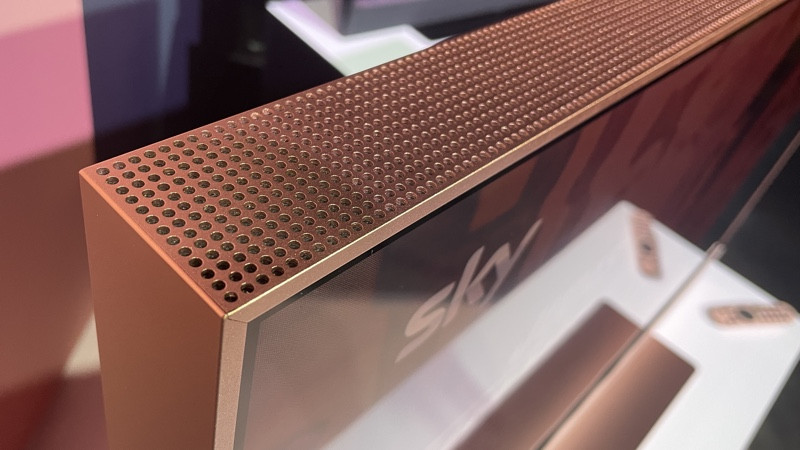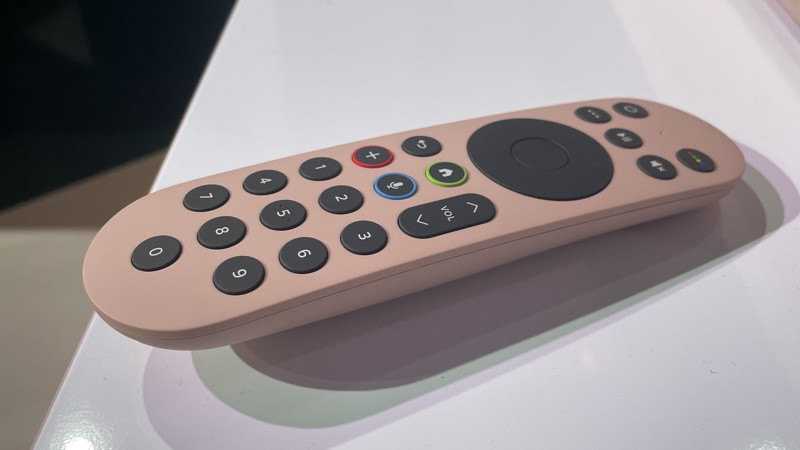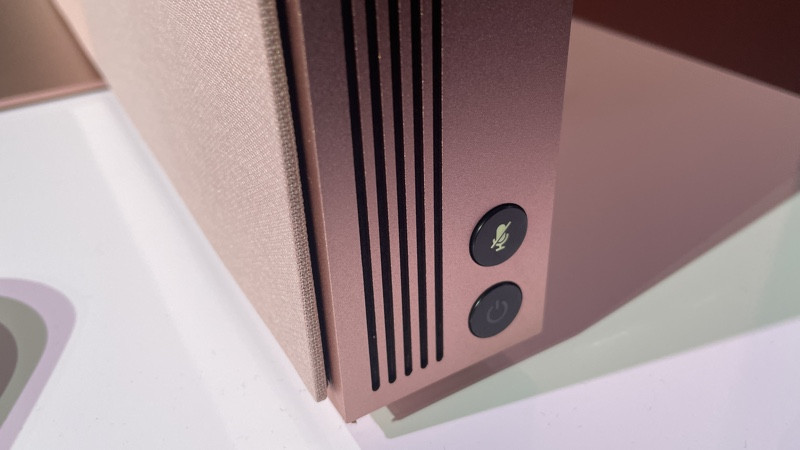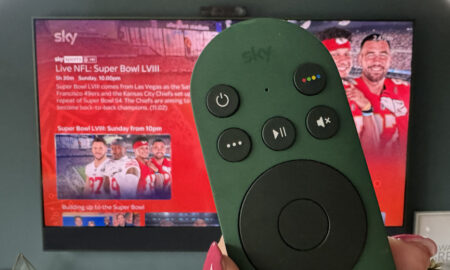No dish, no box, no separate speakers needed
Sky has taken the covers off of Sky Glass, a purpose built TV that combines Sky’s satellite channels alongside the best streaming apps such as Netflix, Prime, iPlayer and Disney Plus.
People in the UK have been waiting for the Sky TV experience without a dish for a while now – especially given Sky is a massively successful ISP company too – but the launch of an in-house TV is somewhat of a shock (at least it was until the TV plans leaked recently).
Sky Glass doesn’t just ditch the need for a satellite dish though, it also negates the need for additional set top boxes and streaming sticks too – as it’s all built in.
Essential guide: Sky Q system explained
Think along the same lines of Amazon’s Fire TV Edition but with Sky’s TV channels and UI thrown in.
The TV itself is a bit, er, different. The frame is much bigger than you’ll find on a normal TV. That’s because it’s essentially a TV and a sound system in one.

There are 6 speakers built in, delivering Dolby Atmos sound – there’s even a subwoofer built in.
It can be wall mounted or placed on a unit and there are a range of aluminium frame colour finishes too; there are five on offer (Ocean blue, Ceramic white, Racing green, Dusky pink and Anthracite black) and there will be customisable speaker facias available too (which pop on and off with magnets).
The remote control, which glows in the dark, is like a sleeker version of the Sky Q remote and comes in the same range of colours as the TV sets.

Those TV sets come in three sizes, we’re told they are the three most popular sizes for the UK market – 43, 55 and 65 inches.
The UI takes a lot of what we’re used to from Sky Q but also simplifies things with playlists and quick access menus; there’s even a motion sensor on board that can fire the TV up when you walk into a room.
There are also voice command controls too, activated with a “Hello Sky.” Both the TV and the remote has a microphone built in.
HDMI inputs are also handled through the UI, much like they are with a Fire TV Edition, although the customisation looks to be more advanced than Amazon’s on the input front. The demo we saw showed off an Xbox tile and a “Hello Sky, play Xbox” option also worked.
If it all sounds a bit familiar to US readers it’s because a lot of the technology and features are similar to what Sky’s sister company Comcast, with its Xfinity service, offers up Stateside.
Sky Glass is a 4K HDR TV with Dolby Vision that uses Quantum Dot technology – Sky informs us that there are a billion colours on offer.
The idea from Sky, we think, is that you’ll replace your main TV (and current Sky Q box?) for a Sky Glass and, for any other rooms in your house where you currently have a mini box, you’ll instead use the new Sky Glass Puck; essentially a mini box that adds the Glass UI to your TVs for an additional £10 per month.
Sky says you should have at least a 10MB broadband speed but you don’t need to be using Sky Broadband, and there’s also an Ethernet port if you want to hardwire it to your home network.
You can opt to buy a Sky Glass TV on its own at the following price points… 43-inch for £649, 55-inch for £849 or 65-inch for £1,049.

However, following in the steps of the smartphone market, Sky is also offering up its new hardware on a contract basis with customers able to grab a Glass TV for £13, £17 or £21 per month for the three sizes.
Slap an Ultimate TV Package on that – that’s all the basic Sky channels and all the apps – for £26 a month and you could get the 43-inch TV for £39 a month, the 55-inch one for £43 or the 65-inch for £47 monthly.
Sky says, again like the smartphone market, it will grow and evolve over time, with new features added with regular software updates. It will offer regular swaps for newer models, and its engineers will install the TV for you, and take away the packaging to recycle.
We also saw a Facebook Portal TV-esque, Zoom-powered webcam that works with the new TV for video calling.
The 4K webcam sits on top of your TV and also allows for gesture based games, fitness work outs and shared viewing, with picture in picture group calls available thanks to a partnership with Microsoft.
Sky Glass will be available in the UK from 18 October, and will launch in Sky’s other European markets from 2022.





